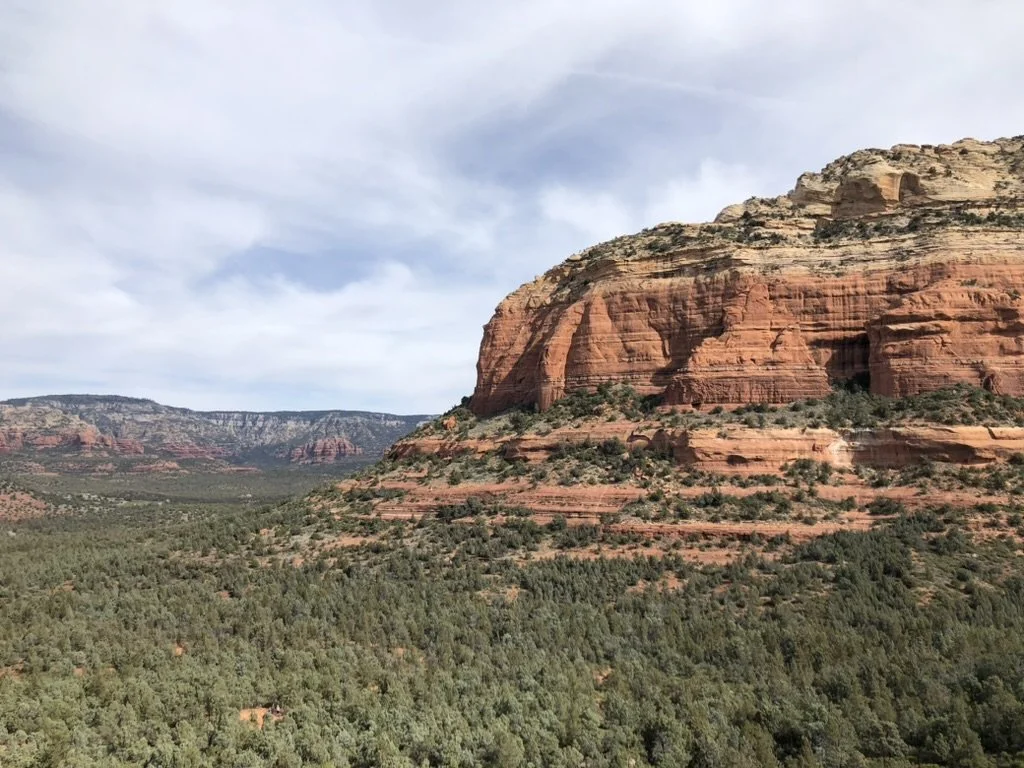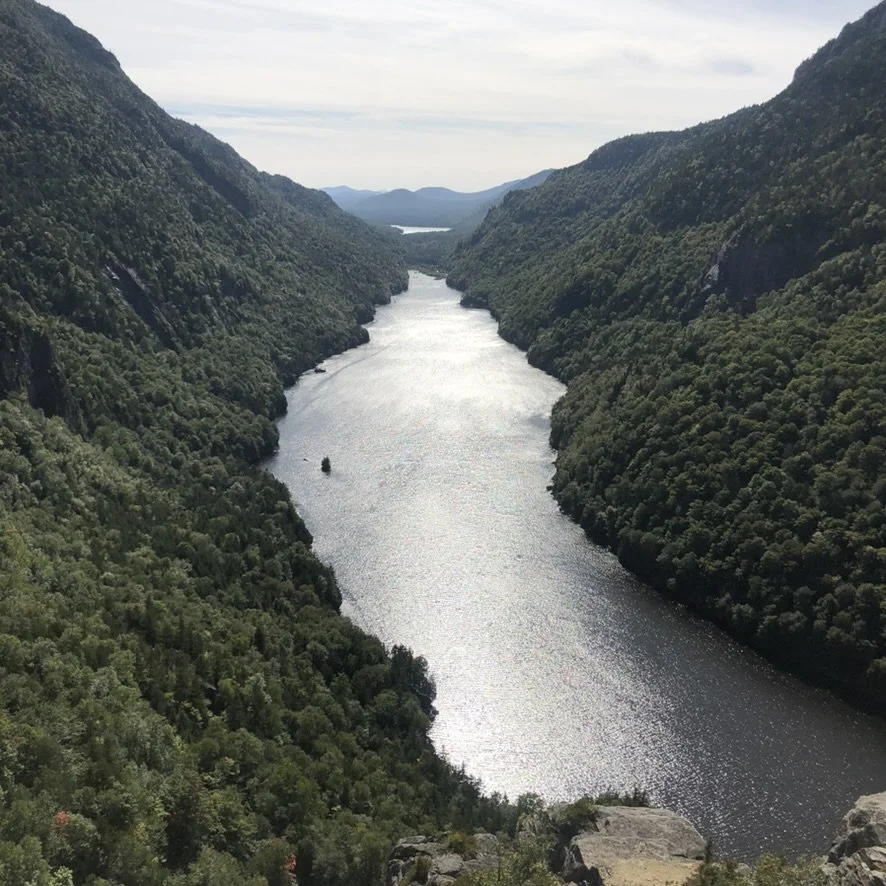More of this, please
More of this, please. More collaborative works that bring in a broader range of facts and ideas that combine to point to the simple and powerful truth — that a majority of Americans not only want public lands to remain as they are, but they crave more.
Because it’s not just the presence of public lands that people recognize as essential. it’s their predictability, their reliability, and their year-after-year consistency that brings a majority of Americans into the outdoor world every year, and provides the underpinning of a trillion dollar economic engine.
This certainty is what enables hunters, anglers and campers to invest in new gear and plan their trips long in advance. It’s what gives rural business owners the confidence to hire waiters and cooks and hotel staff in advance of a busy summer season. It’s what sold that condo up at the ski area and what is spurring those new homes to be built just over the pass. It’s what gives state legislatures the confidence to stay the course and keep investing in parks, community forests and wildlife areas for the constituencies they represent. And it’s what has created an internationally recognized industry of manufacturers, retailers, and creative sole proprietors dedicated to the outdoor experience.
It’s not exactly a news flash, but we’re not just heading into some weird times regarding the future of public lands, we’re heading into some weird conversations. Ones that will be challenging, competitive, and likely combative. And in those conversations, economic impact studies — by themselves — will certainly get us a seat at the table, but they aren’t going to be enough by themselves to get us through unscathed.
The outdoor sector needs to steel itself for the reality that a tally of the dollars and cents surrounding outdoor recreation is certainly a great door opener, but it’s not a mic drop. Because other sectors have economic impacts of their own, and some (including the inch-wide and mile-deep drills-to-dollars math of extractive industries) are far easier to see and understand on a local decision-making level.
We’re going to need everything we’ve got. We're going to need more studies like this week's report from Trust for Public Land. We're going to need more stats on participation, health, happiness, long-term stability, community and culture. Most of all, we're going to need more people on our side. And to get them, we're going to need to delve deeper into the connection between outdoor recreation and conservation.
There’s an often stated (but as yet unproven) idea in the outdoor world that outdoor recreation creates conservation outcomes. It’s that comfy security blanket of an idea that when more people spend more time outside, more conservation successes become reality. However, not only are we lacking data that shows how this actually works -- other than a handful of personal stories and anecdotes -- there's also a large and growing number of skeptics out there who are quick to object to this idea from the second it hits the table.
But just because it’s unproven doesn’t mean it can’t be. Nor does it mean that the outdoor sector should shy away from it. Instead, it’s a massive opportunity, and one worth leaning into.
If there are places where we can prove outdoor recreation fuels conservation, let’s document it. If it’s vague and not proven yet, let’s figure out a way to tweak the knobs and make it happen. And where it’s not true at all, let’s stop and change what we’re doing entirely.
To successfully navigate the next several years (or more) of challenging conversations about the future of public lands, we need to see both the forest and the trees. We need to acknowledge that our natural environment is already on its heels due to rapidly rising extinction rates, accelerating climate change, and weakening environmental stability. And we need to consider how a deeper linking of outdoor recreation to conservation can be both a worthy shared goal of the entire outdoor sector as well as our most powerful asset.
Because to successfully argue on behalf of public lands and other natural spaces, we’re going to need more people who care about public lands for reasons beyond the money it puts in other people's pockets.
To care about them, people will need to have access to them. And to have access to them, they will need to demand their protection. And when it comes to creating demand -- as well as creating a constituency of passionate supporters of public lands -- the outdoor recreation sector is uniquely positioned at the center of it all.

